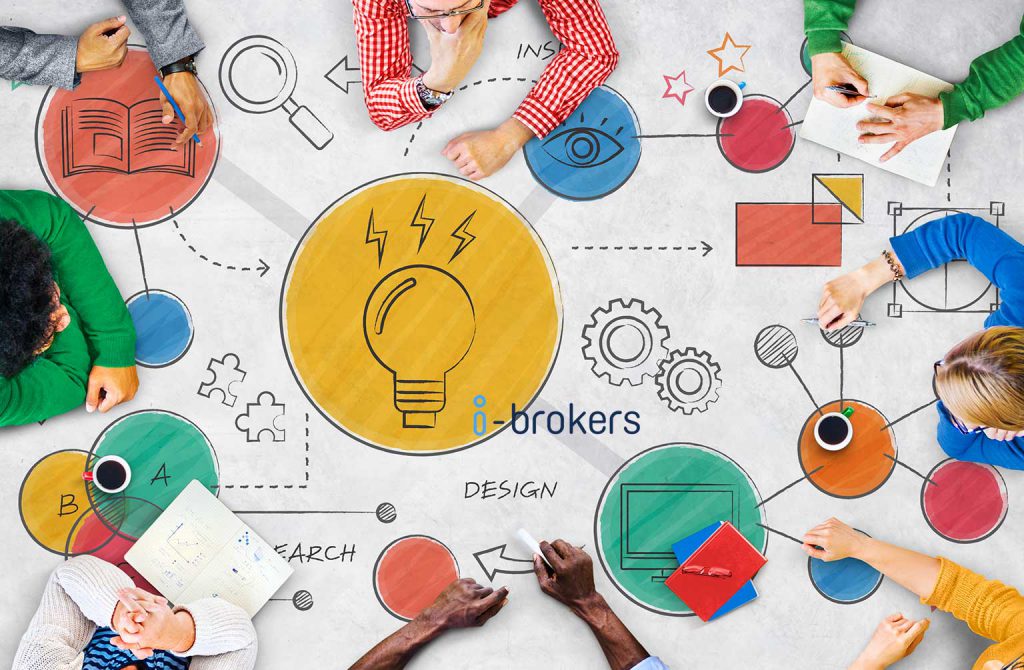Being flexible, autonomous and able to select the working hours and workplace are some of the most important values that corporate staff are looking for these days.
In this blog post, we are going to share with you what exactly is activity-based working and how it can help both employers and employees.
Definition of Activity-Based Working (ABW)
In accordance with Wework, activity-based working is defined as a work style that allows employees to select from a variety of settings according to the nature of what they are doing, combined with a workplace experience that empowers them to use those spaces throughout the day. The idea is that employees will be more productive when they have the right spaces for the tasks they need to accomplish. Think about it: Today, everything is “on-demand,” from TV shows to food, music to travel. Shouldn’t workspaces be as well? To step into the future of work, workspaces themselves should be treated like living, breathing organisms that adapt to accommodate employees’ needs.

Key Features of ABW
ABW isn’t just about adding couches and phone booths to a workplace. For ABW to exist in a company, there must be the following four elements: behavioral reinforcement, design, iterative learning and sensory experience.
1. Behavioral reinforcement
With optimal ABW design and sensory cues, the space itself works best when people are aware of its expectations: Being quiet in the study, using phone booths for calls, bringing personal belongings with them to allow others use of a space, and feeling empowered by their teams and people leaders to use the space as it suits them and the work at hand.
No amount of free coffee will encourage a team to have a meeting in the kitchen if their leaders frown on them being away from their desks.
2. Design
An ABW workspace is designed with a variety of space types under one roof. Need a space for heads-down work? Take a desk in the study, where everyone can go to focus in silence as frequently as they need or want.
Have to host a client meeting in a large conference room? Book one for your group instantly. Want to collaborate with a team over lunch? Gather them in a restaurant-style booth. How about a quick call with a colleague? Duck into a phone booth. Whatever the activity, there’s a corresponding space type, ready and waiting.
3. Iterative learning
Employees are truly empowered to adopt a new work style such as ABW when company leaders fully embrace the change in mindset, combined with the design, behaviors, and programming of an ever-evolving workplace.
When leaders are committed to creating a feedback loop through qualitative and quantitative data, and implementing those findings to improve the workspace, they’re helping to ensure their ABW space will be a success.
4. Sensory experience
ABW spaces need to provide employees with explicit and implicit cues about how to use a space. Whether they need to access high- or low-energy space for the type of work they’re doing, employees should be able to easily gauge which space is right for them in the moment.
Let’s take the kitchen area at WeWork as an example of a high-energy space. Upon walking in, you smell freshly brewed coffee, hear music playing over the speakers, and feel the energy of others in the space.
These elements draw people in and make them feel welcome to pour a cup of coffee and chat with colleagues. On the other end of the energy spectrum, the study in our WeWork New York headquarters is quiet from the moment you walk in, providing you with enough mental space to focus on your next pitch deck or design project.
In this way, different environmental elements provide unique cues and act as an overlay on the physical design, inherently sharing how to use each space differently.

ABW Example: AECOM
With regards to Luigi Sciabarrasi, senior vice president and global real estate lead at AECOM, a multinational firm that designs, builds, finances, and operates infrastructure assets for governments, businesses, and organizations, “The biggest stumbling block we have is getting people out of the mindset of the traditional work culture they’ve experienced in the past,”
ABW challenges company leaders to ask: “What do people, regardless of their job title and expertise, need?” Then, they need to trust and empower their employees to use whichever spaces they see fit for as long as they need. To get to that point, many companies need to make a cultural shift.
Getting everyone on board with a new work style, or any flexible work environment, requires a combination of education, IT investment, and employee input. AECOM uses pre-project surveys to find out how employees work and which tools they need and don’t have in order to continually listen and improve their offerings.
With ABW, shifting mindsets is a crucial part of change. As such, responsibility for adapting to a changing workplace has been placed mainly on the people within the space itself. However, it’s important to note that success in the workplace of the future hinges on a balance of people and space adapting and evolving together.
Rather than seeing space as static, or unchanging, the opportunity lies in seeing it as flexible, nimble, and adaptable.
In the past, with more traditional real estate options, the emphasis was often on the front-end of designing, building, and logistics of a new workspace.
Once a company actually signs on the dotted line and moves in, any changes (whether it was the lease term or the design of the space itself) are not easy to implement in a more traditional model.
Ironically, it was only possible to understand how the design and functionality of the space itself was affecting employees after they’d fully settled in. With a traditional model, it could be upward of 10, even 20 years before design changes can be fully enacted without hindering business as usual.
The ability to fully embrace and leverage change on both a real estate and experience design level has the potential to restructure the very core of how companies approach their workplaces.
In other words, we’re getting closer and closer to a more human-centric workplace for employees while simultaneously benefiting the company’s bottom line. It’s a win-win.
Takeaway
On the whole, if ABW is applied correctly, it provides a way for employees and employers to improve efficiency and productivity in the workplace, and show how flexible and adaptable it can be. Talent is becoming more global and mobile than ever, and it’s important for the workplace to adapt and grow with the trend.


